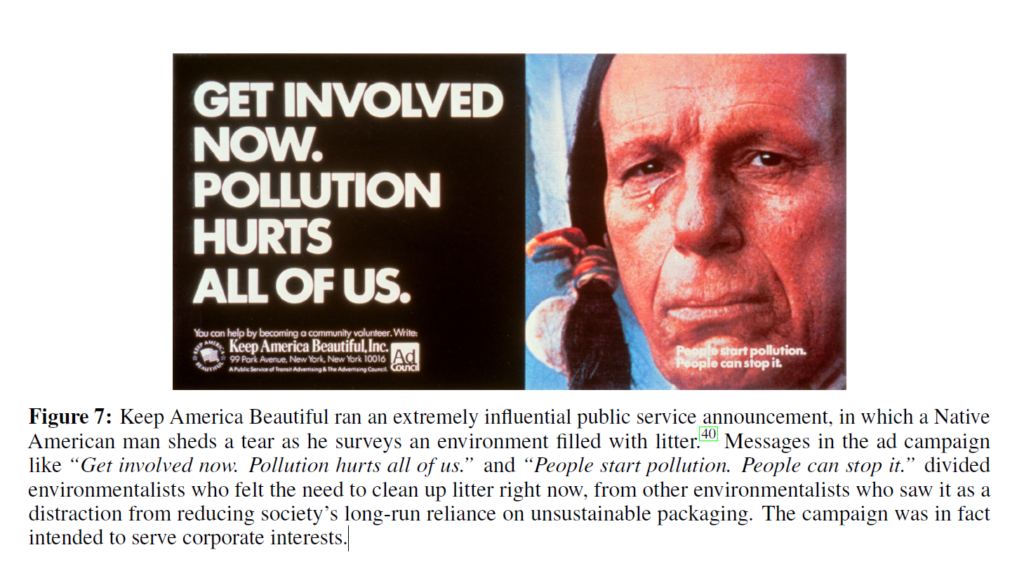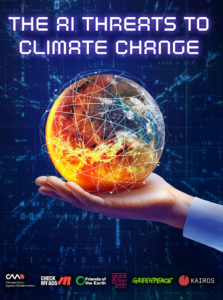Since my 3 December 2023 “Battle for the Biosphere” entry I have tried to convert that rather long .pdf into a more approachable video. I excuse my lack of progress by learning just how to make a video and a medical interlude that wasted some months of my life.
In the meantime, two papers, with a focus on Artificial Intelligence, came to my attention. I think they have significant relevance to my argument.
Which, to summarize, is: Ecological/Environmental Organizations must combine to form an effective counter to the overwhelming power structures that strive for material wealth at the expense of the biosphere.
I have described this as a battle between two mega-creatures; Technology/Money (T-Mo) versus Biosphere/Humanity (B-Hu).
(The slides illustrating the story of T-Mo and B-Hu, which I hope to turn into a narrated video, are included below)
Divide-and-Conquer Dynamics in AI-Driven Disempowerment by Peter S. Park and Max Tegmark, both of The MIT Department of Physics is available at https://arxiv.org/pdf/2310.06009.pdf
The authors position the unchecked development of Artificial Intelligence as a “common threat” and explore, with mathematical rigor, how the opposition to this common threat becomes disjointed, rather than unified. One underlying reason given is the different perception of the threat by current vs. future victims.
This last reason is also very applicable to the battle (if I may continue to use this emotive word) for the biosphere. Current victims (small farmers, animal herders and fishers in the equatorial regions, for instance) view the threat of biosphere degradation very differently from those of us living in the luxury of the industrialized world. Our children (and grand-children!), the future victims, are trying to get our attention. They have been partially successful, but without unity in the environmental movement the overall results are disappointing.
I feel the Park / Tegmark paper is a very appropriate to the issues facing our movement. If you substitute “Biosphere Degradation” for “AI-Driven Disempowerment” in the quotes below, then the parallels become quite evident;
“ Our model also helps explain why throughout history, stakeholders sharing a common threat have found it advantageous to unite against it, and why the common threat has in turn found it advantageous to divide and conquer.”
[First] ”…current victims of AI-driven disempowerment need the future victims to realize that their interests are also under serious and imminent threat, so that future victims are incentivized to support current victims in solidarity. [please see my comment re TIME below]
Second, the movement against AI-driven disempowerment can become more united, and thereby more likely to prevail, if members believe that their efforts will be successful as opposed to futile.
Finally, the movement can better unite and prevail if its members are less myopic. Myopic members prioritize their future well-being less than their present well-being and are thus disinclined to solidarily support current victims today at personal cost, even if this is necessary to counter the shared threat of AI-driven disempowerment.”
“…movement disunity and consequent inefficacy are caused by members’ myopia, naivety, collaborationism, defeatism, and complacency.” [These 5 weaknesses are equally applicable to the proposed joining of the environmental organizations.]
An example by the authors of divide-and conquer tactics by the “common threat” is this ad:

[TIME – I am not sure if it is necessary to point out the differences in time scale when comparing AI Deployment to Biosphere Degradation, but just to be sure…
AI has brought incredible change in a very short time. The authors show the impact on artists and designers brought about in a year. Here the difference between current and future victims is quite clear and they are, usually, of the same generation. Biosphere Degradation is, by comparison, still relatively slow. The future victims are the coming generations, and many of them are well aware of the threat to their welfare. If we acknowledge that distinction the analysis of Divide-and-Conquer is still very relevant]
The report “The AI Threats To Climate Change” addresses current, and likely future, harm of Artificial Intelligence to the biosphere. It is available from the Friends of the Earth website.

“AI likely to increase energy use and accelerate climate misinformation. Claims that artificial intelligence will help solve the climate crisis are misguided, warns a coalition of environmental groups” / Guardian
Some quotes from the report:
“Silicon Valley and Wall Street love to hype artificial intelligence (AI). The more it’s used, they say, the more diseases we’ll cure, the fewer errors we’ll make—and the lower emissions will go.
Google’s AI subsidiary DeepMind claimed “advances in AGI [artificial generative intelligence] research will supercharge society’s ability to tackle and manage climate change.”
At COP28 last year, Google released a new report proclaiming 5-10% of global greenhouse gas emissions could be mitigated by the use of AI.
But there are two significant and immediate dangers posed by AI that are much less discussed:
- the vast increase in energy and water consumption required by AI systems like ChatGPT; and
- the threat of AI turbocharging disinformation—on a topic already rife with anti-science lies and funded by fossil fuel companies and their networks.”
[ This report was prepared in a partnership – itself already showing a coalescing of environmentally active organizations:
- Friends of the Earth https://foe.org/
- Climate Action against Disinformation https://caad.info/
- Check My Ads https://checkmyads.org/
- Global Action Plan https://www.globalactionplan.org.uk/
- Greenpeace https://www.greenpeace.org/international/
- Kairos- [URL TBA, it’s a popular name; Greek for “right time,” “season” or “opportunity”]
“Battle for the Biosphere” slides in .pdf format may be slow to load. Hover over the first slide to display download and full screen options.
